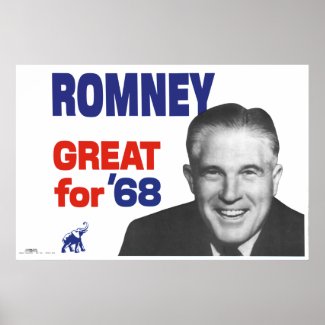 Positively 4th Street: The Lives and Times of Joan Baez, Bob Dylan, Mimi Baez Farina and Richard Farina
Positively 4th Street: The Lives and Times of Joan Baez, Bob Dylan, Mimi Baez Farina and Richard Farina by
David Hajdu
My rating:
4 of 5 stars
I considered reading Positively 4th Street when it first came out, but never got around to it. I considered reading Hajdu's second book, Lush Life, but never got around to it. But when The Ten-Cent Plague, his third book, was published I couldn't resist, it seemed like it would be such a fun book and it was. So naturally I went and got a copy of this book, the subject of which I was familiar, i.e., the tragic story of Bob Dylan, Joan Baez, Richard and Mimi Fariña.
I've never been a big fan of Dylan or Baez although I have albums of both, which I've always enjoyed. Nor was I fan of Richard Fariña's now cult classic novel, Been Down So Long It Looks Up, which I only got around to reading recently though I bought the book in the early 70s (see my review). Now, his wife on the other hand, Joan's sister Mimi, I recall being enamoured of in my adolescence.
I always thought that Mimi Baez was the most beautiful girl to come of age in the sixties. No other girl at that time, be it Pattie Boyd, Julie Christie, Brigitte Bardot or Edie Sedgwick, captured my attention the way she did. I first noticed her on that poster she appeared on with her sisters, the now infamous anti-draft poster "Girls Say Yes to Boys Who Say No." (Hajdu didn't doesn't mention the poster in the book, though, in his defense, it happened after the timeline of the book, I believe)
My family lived in Carmel at the same time as the four of them and we would see Joan and Bob tooling around in her Jaguar XKE, just hair and noses going by too fast for the more conservative townspeople who barely tolerated the beatnik artists and musicians as it was. I don't think Joan ever let Bob drive.
Anyway, I enjoyed the book tremendously. It was well-researched and well-written and is an intriguing story that not just anyone would have thought worth telling, which is true of his other books, as well. And it really is a tragic story of star-crossed lovers, to borrow a Shakespearian phrase. I don't think I'm giving away anything since it's well known how the story ends with two motorcycle accidents, the one in which Fariña is killed and Dylan's, which would so greatly alter the course of his life and music.
Hajdu's hypothesis, which he probably doesn't spend enough time trying to prove, is that these four people had a direct, or in some ways, indirect and subtle, influence on the music and culture of the sixties. Dylan and Baez, definitely, and Fariña with his book, which was the On the Road of the 60s, but also, with the music of the Fariñas. It was they, not Dylan, that first created a fusion of folk and rock. When you listen to Mimi's guitar playing and Richard's dulcimer you realize the influence they must have had over musicians such as Cat Stevens, Eric Burdon and the Byrds.
If you have any interest in 60s culture, the folk scene or folk-rock or in real-life tragic stories, this book is a must.
View all my reviews
 The Cocktail Waitress by James M. Cain
The Cocktail Waitress by James M. Cain






















